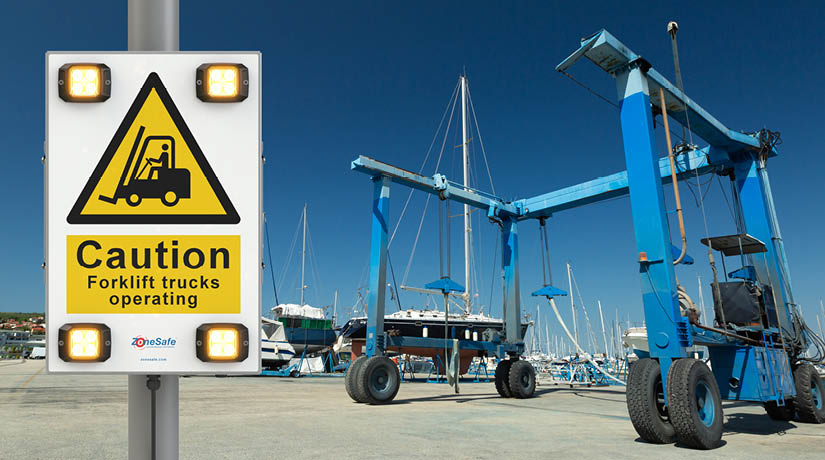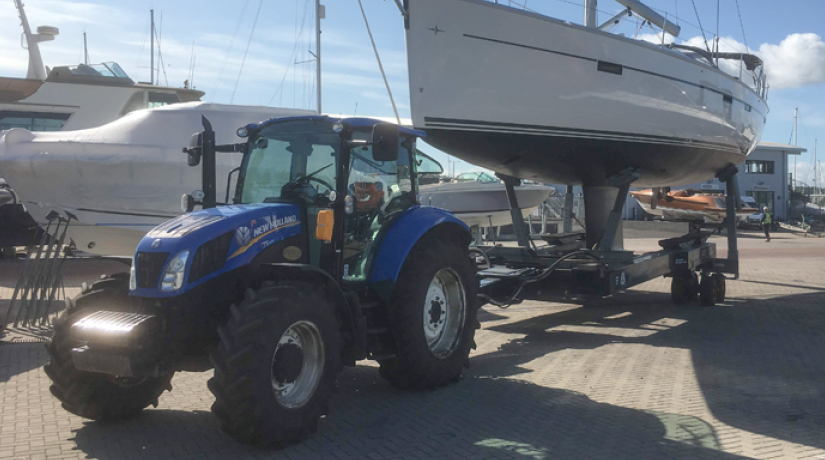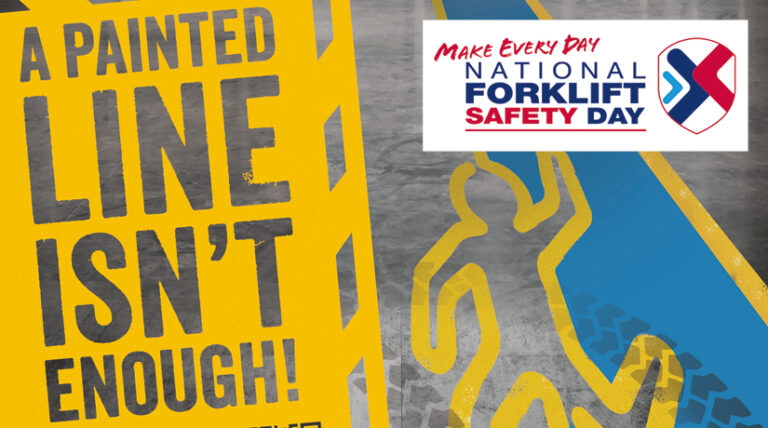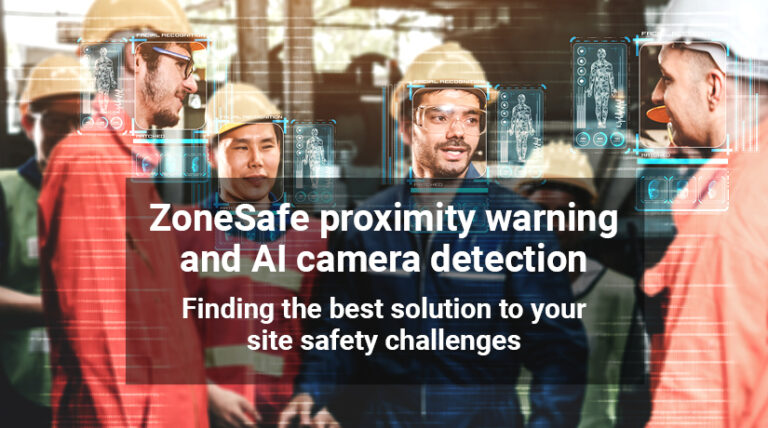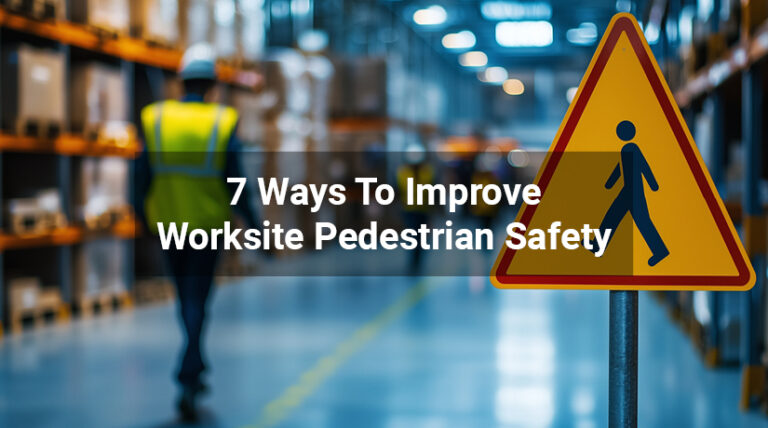En lo que respecta a la seguridad marítima, los puertos y marinas pueden ser a menudo lugares peligrosos para trabajar y visitar. Múltiples operaciones y una amplia gama de equipos y vehículos industriales trabajan unos alrededor de otros en espacios reducidos. La diversidad de actividades, desde la elevación y botadura hasta la limpieza y reparación, pasando por el manejo de maquinaria pesada y vehículos, crea un entorno complejo y difícil. La presencia de trabajadores a pie y de miembros del público junto a este tipo de actividad equivale a un mayor riesgo, por lo que siempre deben tomarse precauciones para garantizar un funcionamiento seguro.
Cuando el transporte laboral y las personas están estrechamente relacionados, siempre existe la posibilidad de que se produzcan accidentes graves, y los puertos deportivos no son una excepción. En 2017, un agente de tráfico de pontones fue atropellado por una furgoneta de reparto que daba marcha atrás en la terminal portuaria. El hombre sufrió múltiples lesiones graves, incluidas fracturas craneales y corporales, y perdió la vista en un ojo. La investigación del HSE determinó que la falta de control y separación efectivos entre los trabajadores a pie y los vehículos en movimiento fue un factor clave en el incidente[1].
Muchos de los vehículos utilizados habitualmente en puertos y marinas, como carretillas pórtico, apiladoras retráctiles, grúas y carretillas elevadoras, pueden tener una visibilidad limitada para el conductor, lo que obviamente contribuye al riesgo. Las operaciones tienen lugar a todas horas del día, a menudo en condiciones meteorológicas adversas, con mucho ruido y escasa visibilidad, lo que aumenta el desafío.
Entre los riesgos laborales comunes del transporte en torno a puertos y marinas y la seguridad marítima se incluyen:
- Caída de cargas inestables
- Carga y descarga de vehículos
- Falta de separación entre peatones y vehículos en los accesos
- Acoplamiento y desacoplamiento de remolques y buques
- Vehículos marcha atrás
- Circulación de vehículos alrededor de los buques y muelles
Si bien los trabajadores están formados para ser conscientes de estas cuestiones, la incorporación del público a la mezcla crea una capa adicional de consideración cuando se trata de la seguridad. Los pasajeros, los propietarios de embarcaciones y el público que simplemente disfruta de un paseo por un puerto deportivo no suelen ser conscientes de la maquinaria que les rodea, por lo que pueden encontrarse accidentalmente en una situación de riesgo.
Los accidentes de transporte en el lugar de trabajo tienen lugar todos los días en diversos sectores del Reino Unido y a menudo provocan accidentes graves y mortales. Ser golpeado por un vehículo en movimiento es una de las causas más comunes de accidente laboral mortal y las cifras del HSE muestran que 20 personas murieron de esta manera en 2022/23[2]. Para nuestros clientes, ZoneSafe desempeña un papel vital en la reducción de este tipo de incidentes.
En otros sectores, muchos de nuestros clientes optan por Etiquetas de aviso de proximidad ZoneSafe como parte del EPI cotidiano de los trabajadores, pero en un entorno con miembros del público y zonas en las que hay un acceso incontrolado de peatones, como un puerto deportivo, se requiere un enfoque diferente.
Mejorar la seguridad marítima
La gama ZoneSafe de soluciones de advertencia de proximidad incluye productos activados por sensores que puede abordar fácilmente estas cuestiones.
Las señales de advertencia ZoneSafe activadas por sensor se comunican directamente con los vehículos en funcionamiento y se iluminan automáticamente cuando se aproximan. Esto significa que los peatones de la zona son atraídos inmediatamente hacia la señal, alertándoles del peligro. Está demostrado que el sistema reduce los riesgos potenciales de colisión entre los peatones y el tráfico de vehículos.
¿Cómo funcionan las señales de advertencia activadas por sensores?
Se monta un sensor en el vehículo y se crea una zona de detección alrededor de la señalización a una distancia ajustable. La señalización solo se activa cuando un vehículo alcanza la zona de detección, y se ilumina automáticamente y, en algunos casos, emite una alarma para alertar a los peatones de la presencia del vehículo (si es necesario).
La advertencia sólo se activa cuando hay un vehículo presente, por lo que la señalización ofrece una solución atractiva que capta la atención cuando es necesario. La señal utiliza luces ámbar intermitentes para crear una experiencia muy visual, alertando a todo el mundo de la presencia de riesgo.
A diferencia de una señal de advertencia estática, que a menudo se filtra, la señal activada por sensor de ZoneSafe sólo llama la atención cuando existe un peligro potencial y luego se apaga automáticamente, evitando la ceguera de la señal y el exceso de advertencia cuando ya no existe riesgo de accidente o colisión.
Señalización activa de ZoneSafe ofrece una solución práctica al riesgo de colisión entre peatones y vehículos en numerosos entornos, incluidos puertos y marinas. ZoneSafe es una potente herramienta para mejorar la seguridad en el lugar de trabajo, reducir el riesgo de colisiones, aumentar la concienciación e impulsar comportamientos positivos y seguros.
Póngase en contacto con nosotros para hablar de seguridad marítima y obtener más información sobre ZoneSafe.
Póngase en contacto con nosotros
Llámenos: +44 (0)1202 868000
Envíenos un correo electrónico: sales@zonesafe.com
[2] Introducción a la seguridad en el transporte laboral - HSE

